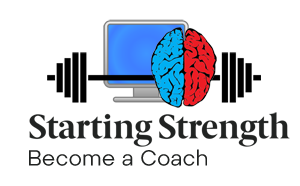Most people's knees go back a little as they initiate the squat. You don't want too much knee extension without some concomitant hip extension, however. As long as the person isn't losing their balance or doing a good morning, knees going back at the start is not a problem. You also don't want them to rebend or go forward in the middle of the ascent, either.









